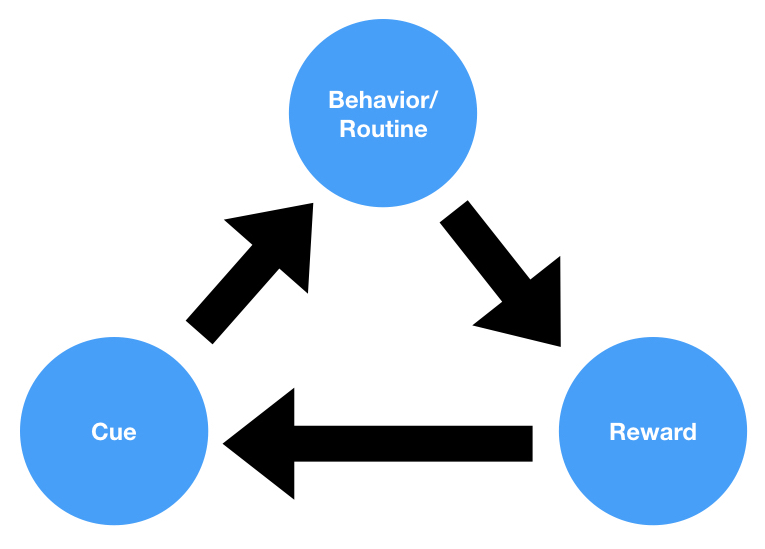What is a PET Scan?
Positron Emission Tomography (PET) is a non-invasive imaging technique used to visualize the metabolic processes within the body, particularly the brain. PET scans measure the distribution and concentration of specific radioactive tracers, which are injected into the body prior to the scan. By tracking the tracers’ uptake and distribution, researchers and clinicians can investigate various aspects of brain function, such as blood flow, oxygen consumption, and glucose metabolism.
Key Features
-
Radioactive Tracers
PET scans rely on the use of radioactive tracers, which are molecules labeled with a radioactive isotope. These tracers are designed to target specific metabolic processes or receptors in the body, allowing for the visualization of their distribution and activity.
-
Positron Detection
When the radioactive isotope decays, it emits a positron, which is a positively charged particle. Upon interaction with an electron, the positron annihilates, producing two gamma photons. The PET scanner detects these gamma photons, allowing for the reconstruction of an image that represents the distribution of the radioactive tracer within the body.
-
Functional Imaging
Unlike other imaging techniques, such as computed tomography (CT) or magnetic resonance imaging (MRI), which primarily provide structural information, PET scans provide functional information about the body’s metabolic processes. This makes PET scans valuable for investigating the functional aspects of various diseases and conditions.
Applications
-
Neuroscience Research
PET scans are widely used in neuroscience research to study brain function and the underlying mechanisms of neurological disorders. By using specific tracers, researchers can investigate the function of various neurotransmitter systems, the metabolic activity of specific brain regions, and the effects of different interventions on brain function.
-
Cancer Diagnosis and Treatment
PET scans are useful in the diagnosis and staging of cancer, as they can help to identify tumors and assess their metabolic activity. This information can be valuable for determining the aggressiveness of the cancer and planning appropriate treatment strategies.
-
Cardiovascular Disease
PET scans can be used to evaluate blood flow, oxygen consumption, and glucose metabolism in the heart, providing valuable information for the diagnosis and management of cardiovascular diseases, such as coronary artery disease and heart failure.
Limitations and Risks
While PET scans offer valuable insights into the body’s metabolic processes, there are some limitations and risks associated with the technique. PET scans have lower spatial resolution compared to MRI and CT scans, which can limit the level of anatomical detail. Additionally, the use of radioactive tracers exposes patients to a small amount of ionizing radiation, which may pose a risk, particularly for pregnant women or patients undergoing multiple scans. However, the benefits of PET scans often outweigh these risks in many clinical and research settings.




